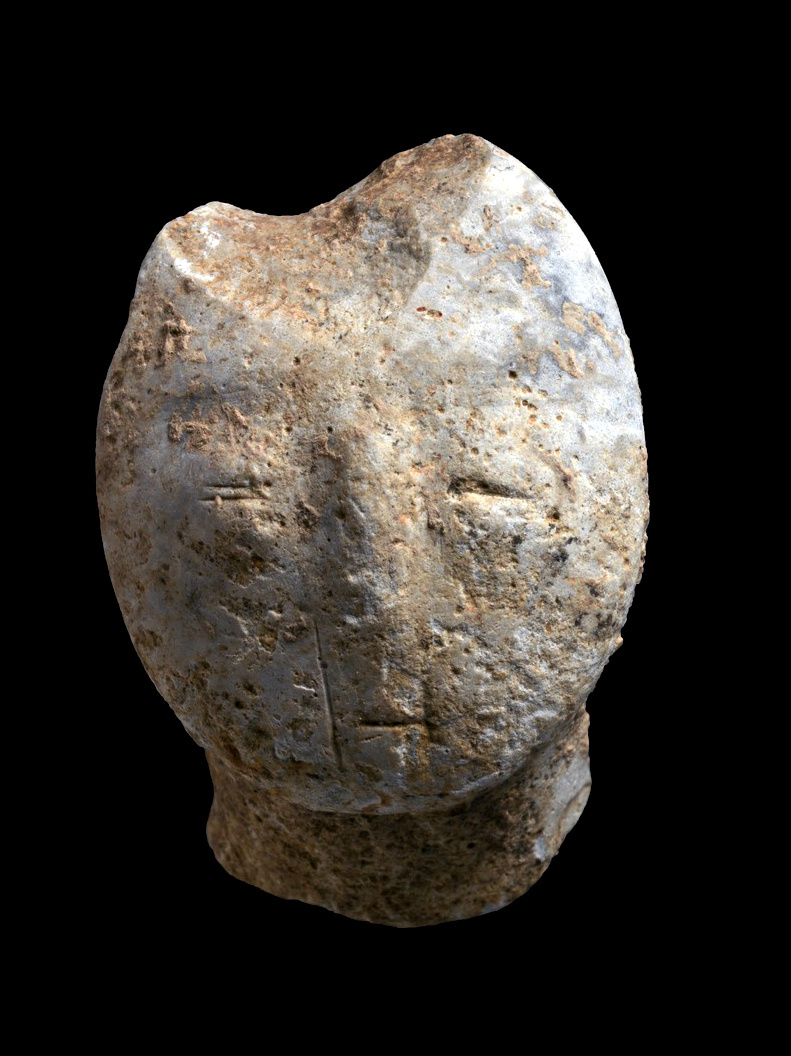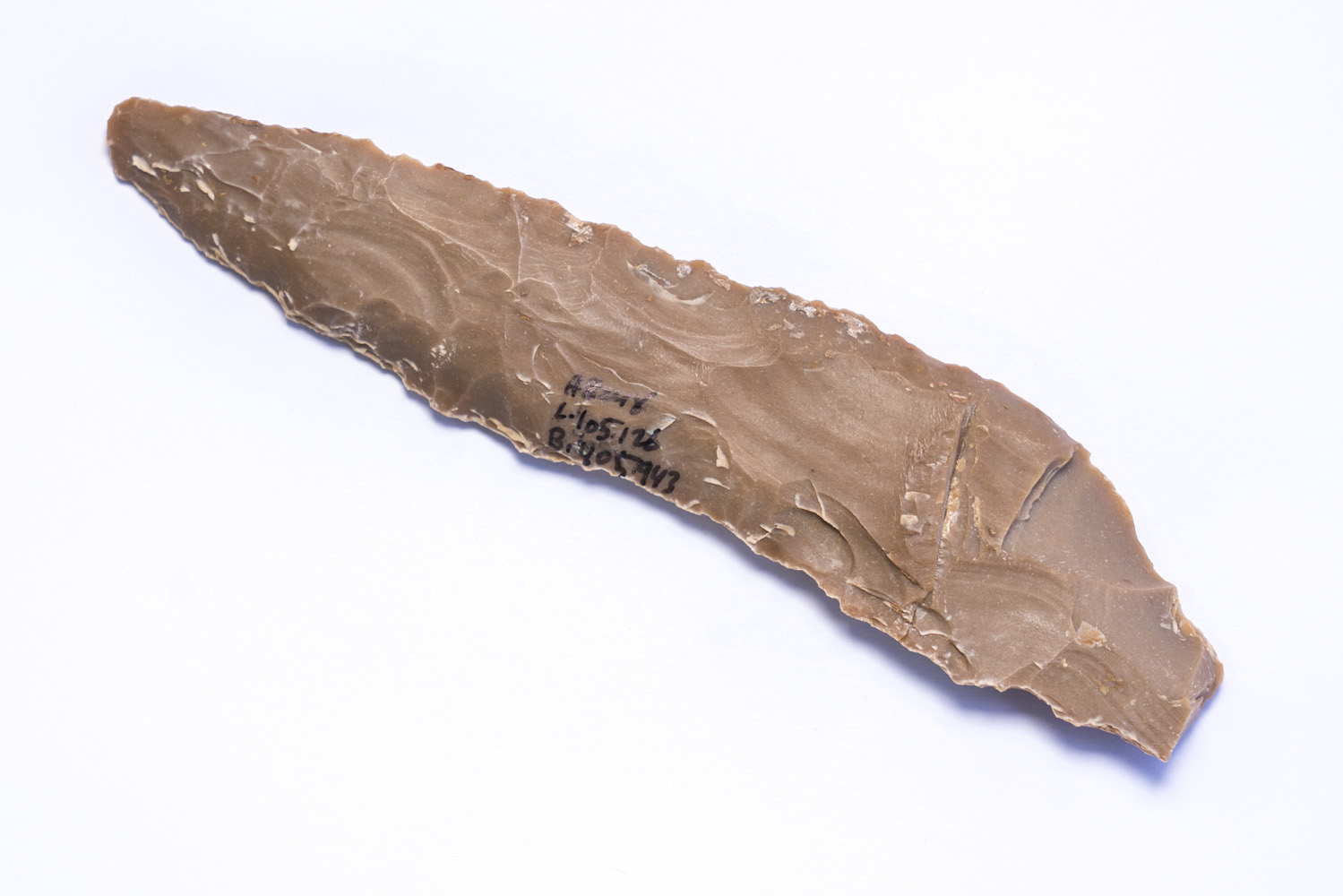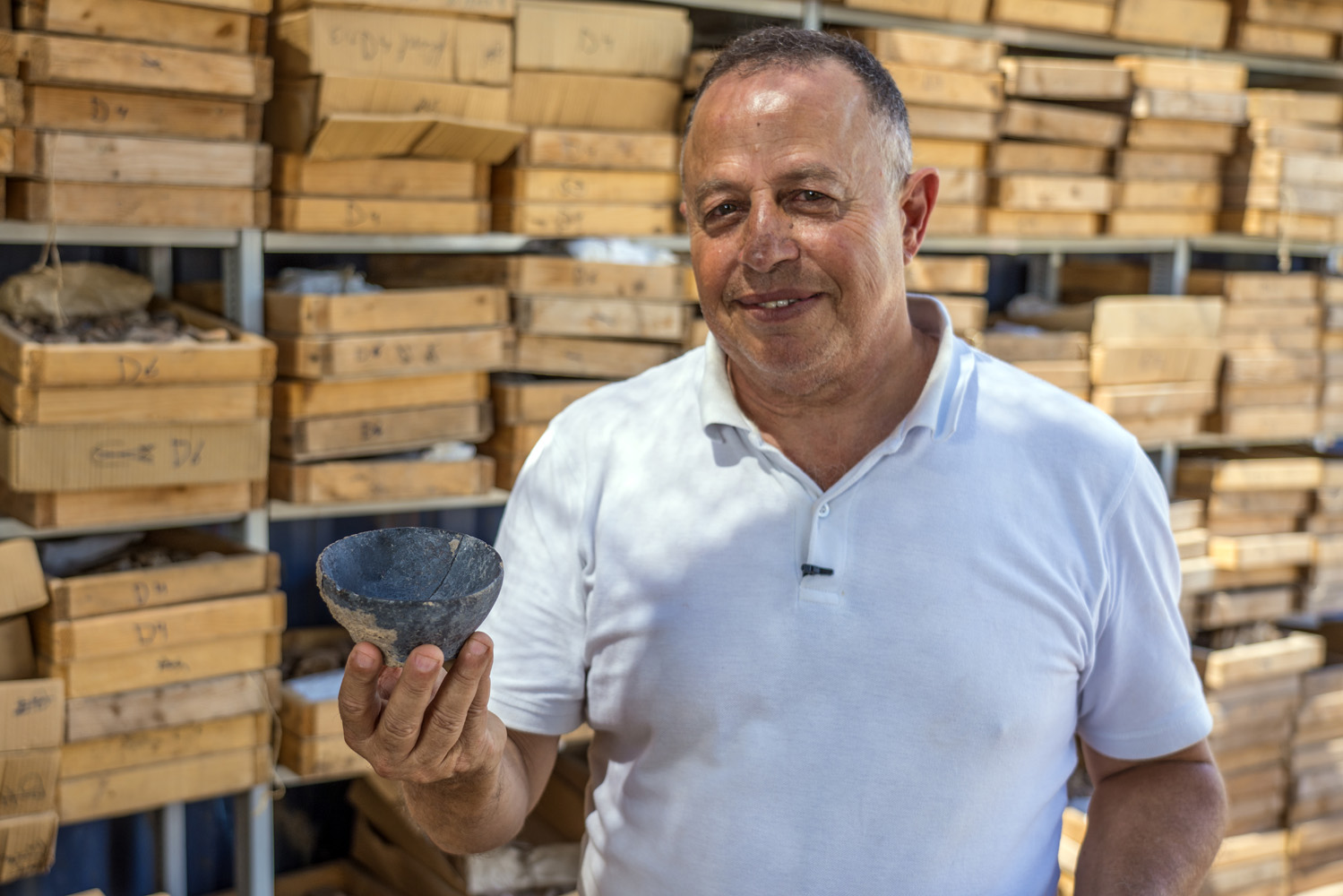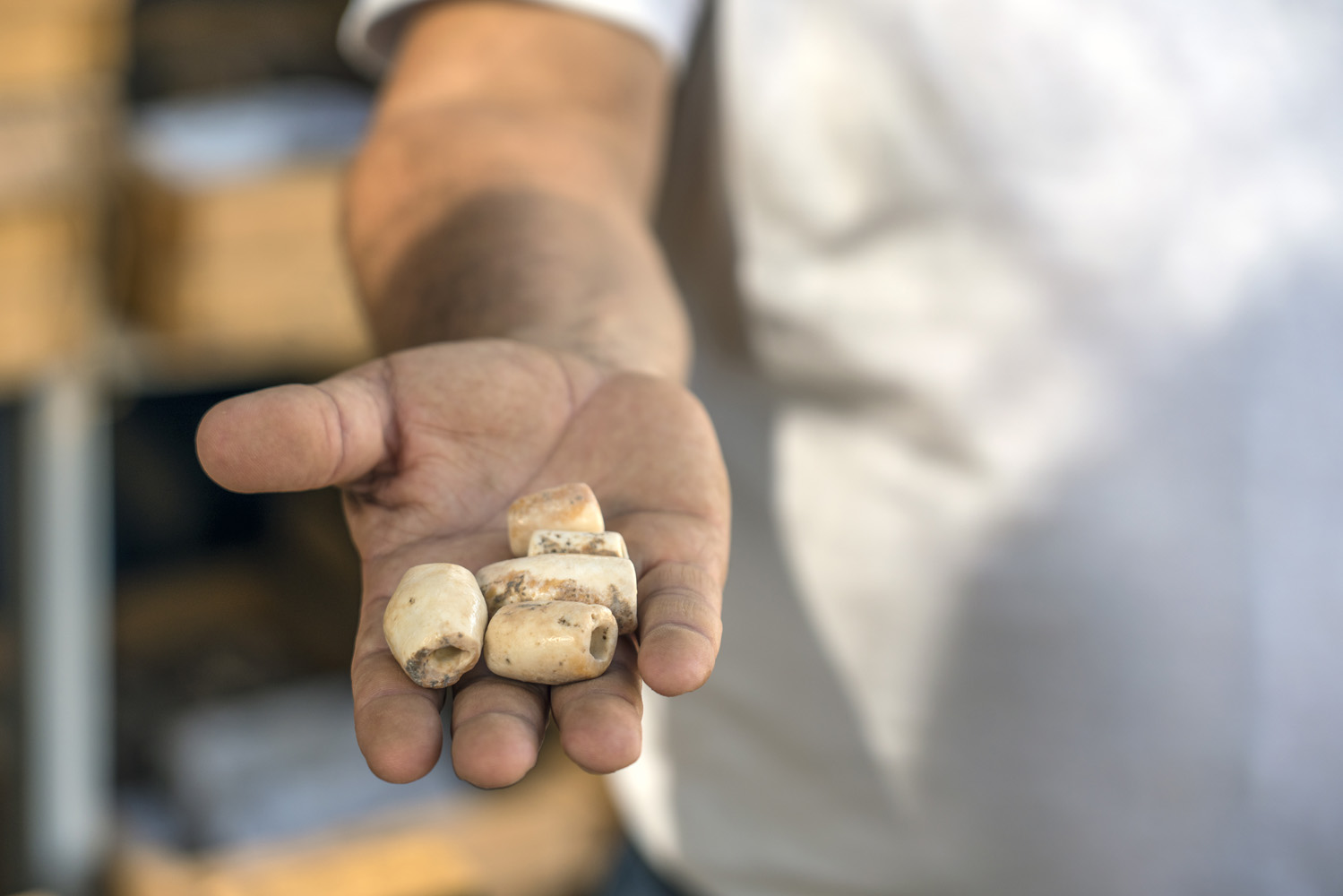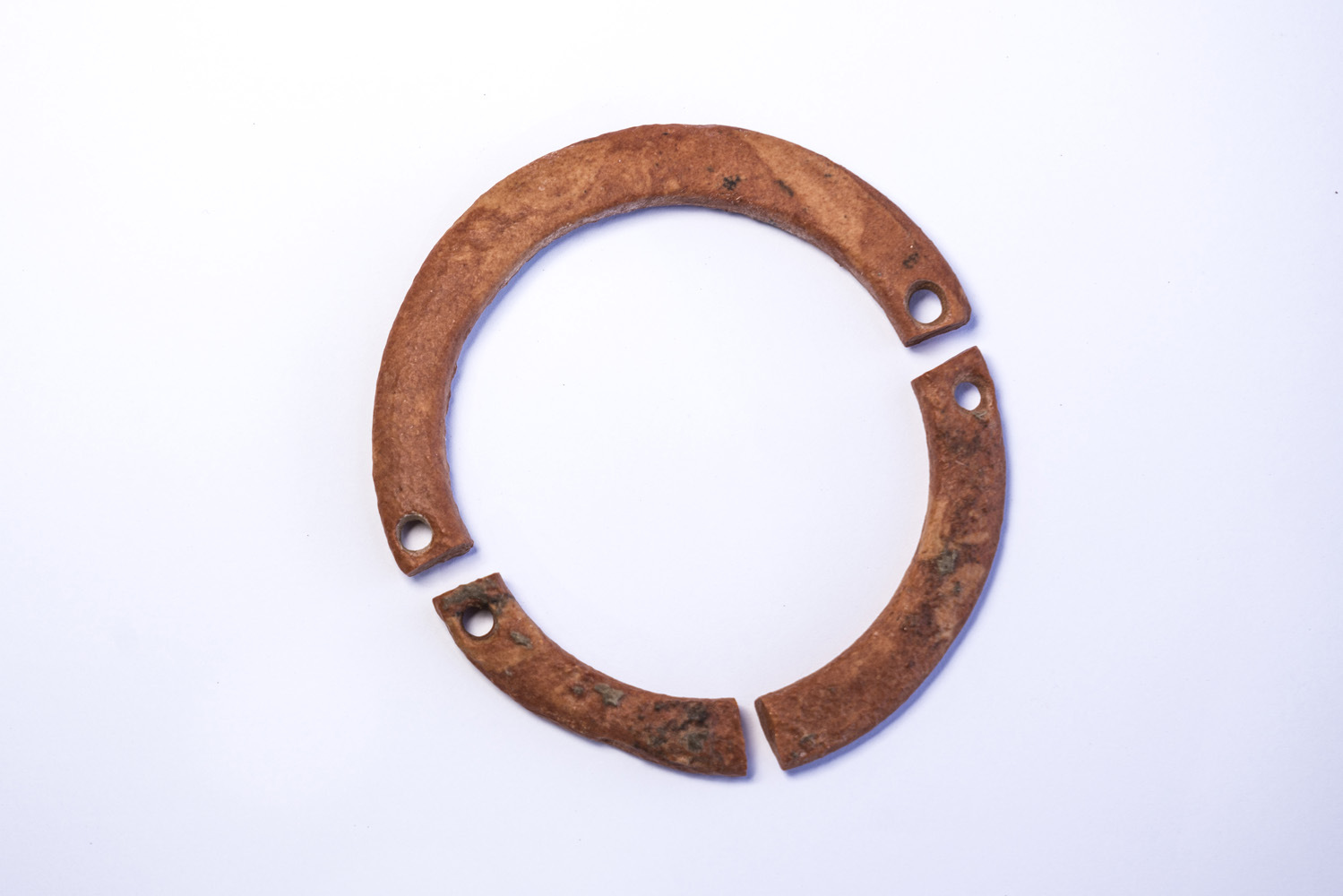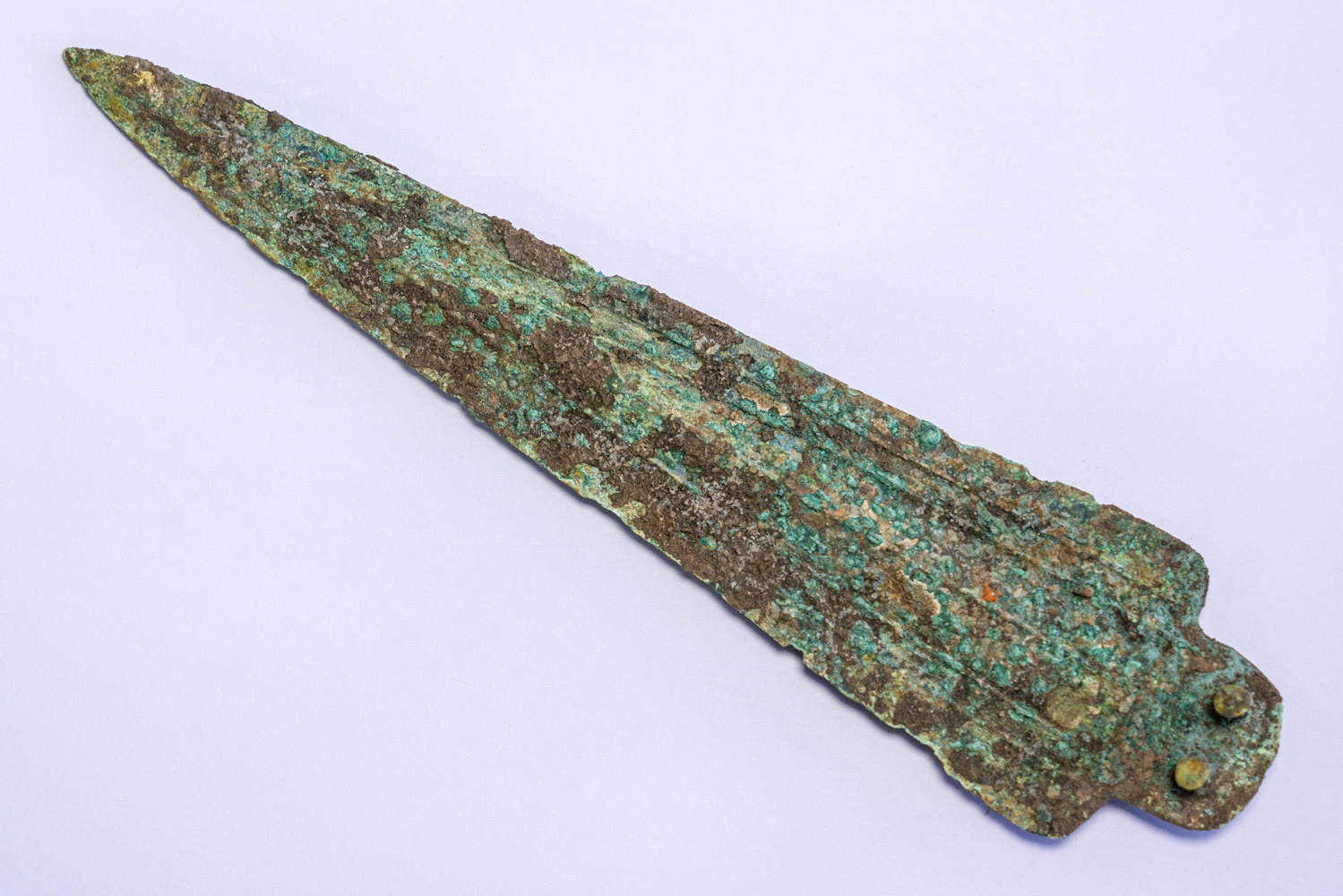One of the largest Prehistoric Settlements in the world is being excavated by the Israel Antiquities Authority (IAA) just five kilometers west of Jerusalem.
The site was discovered during preliminary excavations preparing for the construction of a new highway entering Jerusalem. When excavators discovered they were coming down on a massive settlement from 9,000 years ago, the Netivei Israel Company (Israel’s National Transport Infrastructure company) initiated and funded what has become Israel’s largest prehistoric excavation.
Excavations at the massive Neolithic settlement. Photo: Eyal Marco, Courtesy of the IAA.
“This is the first time that such a large-scale settlement from the Neolithic Period (9,000 years ago) is discovered in Israel. At least 2,000 – 3,000 residents lived here – an order of magnitude that parallels a present-day city!”
On the banks of the Sorek Stream, near water fountains and close to a fertile valley, the Motza excavation site is in an optimal location for long-term settlement. Indeed, the area is known to have been occupied from the Epipaleolithic Period (around 20,000 years ago) to the present day. The excavations revealed large buildings with alleys running between them, evidence of advanced planning for the city’s development. Some rooms were used as living spaces, some as public facilities, and others for ritual purposes. Throughout the excavation excavators found evidence of flint tool manufacturing. These tools included thousands of arrowheads used for hunting and possibly warfare, axes for tree-felling, along with sickle blades and knives.
A number of small finds were also discovered as burial offerings, gifts buried with the deceased in the belief that they’d be used by the individual in the afterlife. Numerous graves were found in and amongst the houses. According to the researchers, “These gifts testify to the fact that already during this ancient period, the residents of this site conducted exchange relationships with faraway places.” The offerings include unique stone-made objects, worked from a stone which has not yet been identified. Archaeologists also found items bade of obsidian, a volcanic glass whose nearest origin to the region is Anatolia. Sea shells from the Mediterranean and the Red Sea and stone-made bracelets were also among the burial offerings. The bracelets, researchers believe, were most likely made for children, based on their small size. “We also found carefully crafted alabaster beads,” they say, “as well as medallions and bracelets made of mother of pearl.”
These burial offerings provide insight to the city’s trade networks, as well as specialized work being done on-site, but what about the more practical evidences of day-to-day life? How did the city’s inhabitants sustain themselves? The Neolithic Period is distinct in that it is the first period in which we see populations moving away from hunting and gathering as a primary means of survival, and towards a more sedentary lifestyle of agriculture and animal husbandry. This critical shift is sometimes called the Neolithic Revolution. At the Motza excavation, we see that the Neolithic Revolution had reached it’s summit. Huge amounts of legumes, especially lentils, were found preserved in storage sheds, evidencing extensive agricultural activities. It is astonishing that the seeds were preserved for these 9,000 years. Additionally, animal bones were discovered, indicating that the site’s occupants were raising their own animals and relying less on hunting for food.
Excavation works on the site. Photo: Yaniv Berman, Israel Antiquities Authority.
”The exposure of the enormous site in Motza awakens extensive interest in the scientific world, changing what has been known about the Neolithic period in that area,” researchers say. “So far, it was believed that the Judea area was empty, and that sites of that size existed only on the other bank of the Jordan river, or at the Northern Levant. Instead of an uninhabited area from that period, we have found a complex site, where varied economic means of subsistence existed, and all this only several dozens of centimeters below the surface.”
Dr. Jacob Vardi, Director of the excavations on behalf of the IAA. Photo: Yaniv Berman, Israel Antiquities Authority.
According to Amit Re'em, Jerusalem District Archeologist of the Israel Antiquities Authority, along with the excitement and importance of the finds, the IAA is aware of the vital need to create an additional access road to Jerusalem. In light of this, construction on the highway will continue. Significant percentages of the Motza prehistoric site will remain preserved, however, and the entire excavation area was documented with advanced 3D technology to capture every detail digitally. The IAA is also planning to develop on-site displays and illustrations telling the history of the massive settlement. Archaeological remains are also being preserved at Tel Motza nearby for the public at large.
“It is a huge privilege for us, as the Israel National Transport Infrastructure Company – Netivei Israel – that tomorrow’s transportation infrastructure projects facilitate such special discoveries in the splendid history of our country.”
Excavations at the massive Neolithic settlement. Photo: Eyal Marco, Courtesy of the IAA.
Abby VanderHart, FIAA Contributor



